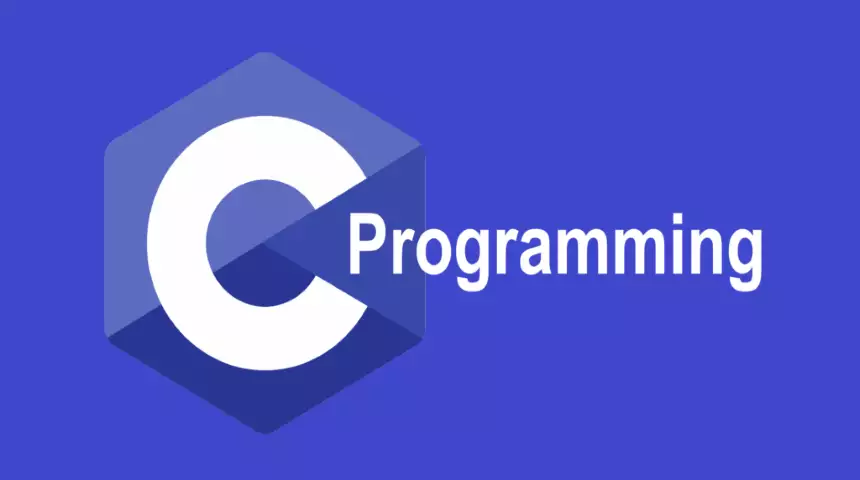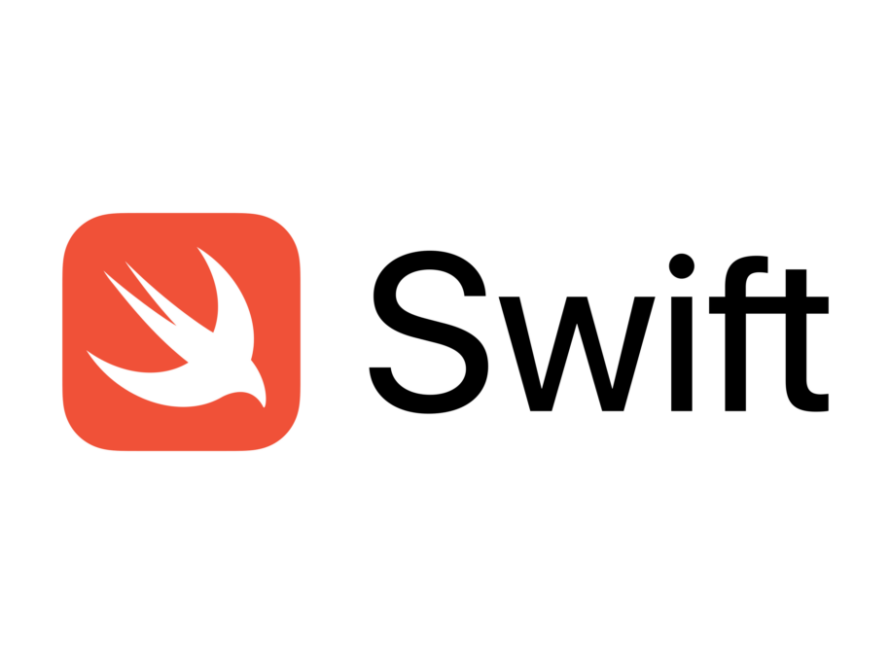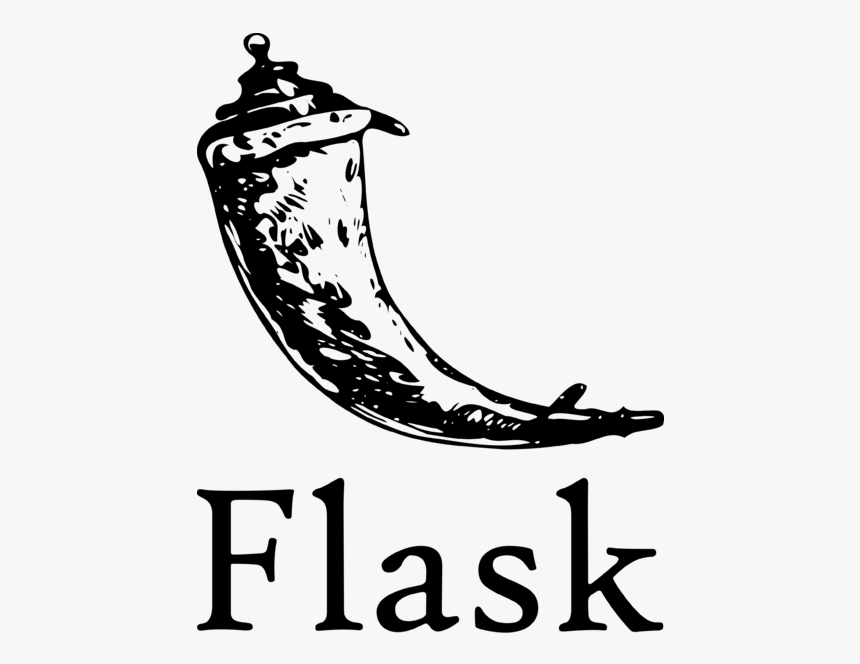Table of Contents
Introduction:
C Programming Language is one of the most widely used and fundamental programming languages in the computer science industry. It was first developed by Dennis Ritchie in the early 1970s and has been the building block for various other programming languages like C++, Java, and Python. In this article, we will dive into the basics of C programming, understand its syntax and structure, and explore its various applications.

Fundamentals of C Programming:
The syntax of C programming is based on a combination of English keywords and mathematical symbols. The basic building blocks of C programming include variables, constants, operators, and control statements. A C program consists of functions, and the main function is the entry point of the program. Functions are defined using the keyword “void” followed by the function name and a set of curly brackets that contain the code to be executed.
Data Types and Variables:
C programming supports various data types such as int, float, double, char, etc. Variables are used to store data in C, and they must be declared before they are used in the program. The syntax for declaring a variable is to specify the data type followed by the variable name. For example, int a; declares an integer variable ‘a’.
Operators and Expressions:
C programming supports various operators such as arithmetic, relational, logical, and conditional operators. Arithmetic operators are used to perform basic mathematical operations such as addition, subtraction, multiplication, etc. Relational operators are used to compare two values, and logical operators are used to perform logical operations like AND, OR, NOT, etc. Conditional operators are used to make decisions based on certain conditions in the program.
Control Statements:
Control statements are used to control the flow of execution in C programming. There are three main control statements in C: if-else statements, for loops, and while loops. If-else statements are used to execute a block of code based on a condition, for loops are used to repeat a block of code for a specified number of times, and while loops are used to repeat a block of code until a certain condition is met.
Arrays and Strings:
Arrays are used to store a collection of similar data types in C programming. Strings are sequences of characters, and they are represented as arrays of characters in C. String operations like concatenation, comparison, etc. can be performed using various string functions available in C.
Pointers:
Pointers are a powerful feature of C programming that allow direct memory access. Pointers are variables that store memory addresses, and they are declared using the * operator. Pointers are useful in implementing dynamic data structures like linked lists, trees, etc.
Functions:
Functions are a key concept in C programming, and they help in breaking down complex programs into smaller, reusable pieces of code. Functions are declared using the keyword “void” followed by the function name and a set of curly brackets that contain the code to be executed. Functions can also accept parameters and return values to the calling function.
Applications of C Programming
C Programming has a wide range of applications in various fields, some of which include:
- Operating Systems: Many of the popular operating systems like Windows, Linux, and Unix are developed using C programming language.
- Embedded Systems: C language is widely used for developing embedded systems such as consumer electronics, automotive systems, and medical devices.
- Game Development: C language is used in the development of computer games, especially in the development of game engines.
- System Programming: C is widely used in system programming, where system-level access is required. For example, in device drivers and device firmware.
- Compilers and Interpreters: C language is used in the implementation of compilers and interpreters for other programming languages.
- Database Management Systems: C language is used in the development of database management systems like MySQL, PostgreSQL, etc.
- Network Programming: C language is used in the development of network protocols, socket programming, and other network-related applications.
- Artificial Intelligence and Machine Learning: C language is used in developing artificial intelligence and machine learning algorithms.
- Scientific and Numeric Applications: C language is used in the development of scientific and numeric applications such as simulations and mathematical modeling.
Conclusion
In conclusion, C programming language is a versatile and widely used language with a diverse range of applications in various fields. Its low-level access to memory, efficient performance, and simplicity make it an ideal choice for many applications.


